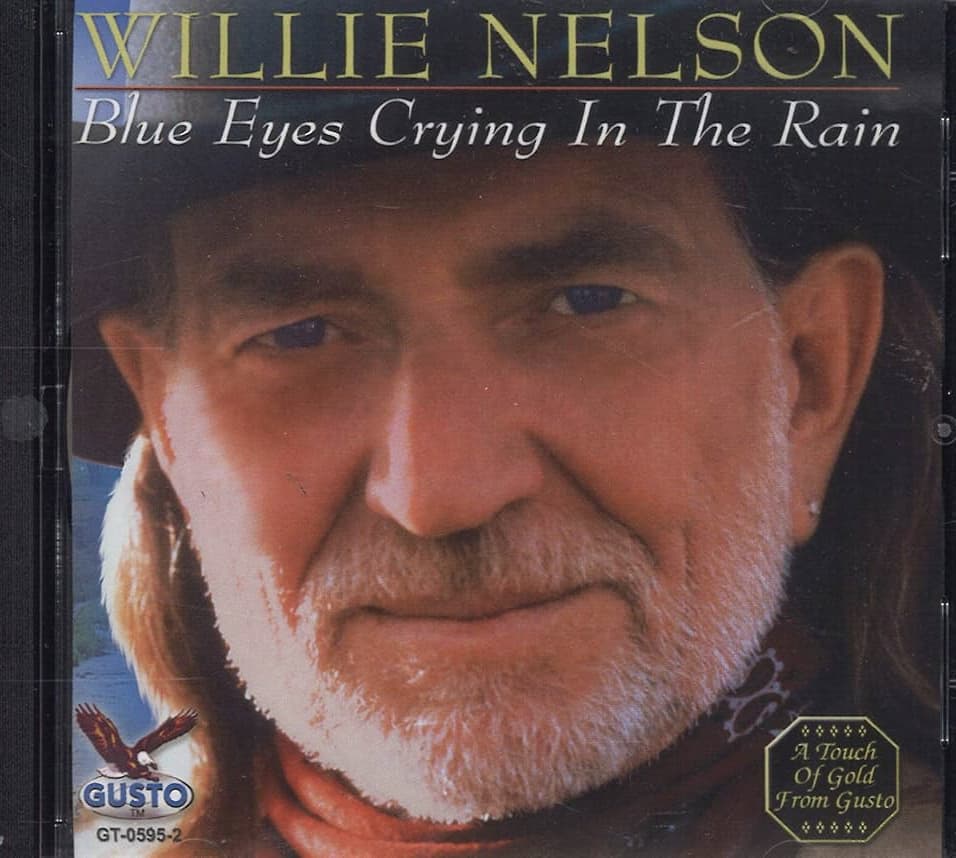
A Haunting Melody of Enduring Love and Loss
Oh, how time has a way of weaving itself into the very fabric of our memories, doesn’t it? There are certain melodies, certain voices, that, with just a few opening notes, can transport you back to a simpler time, a time filled with longing and perhaps a touch of melancholy. For many of us, especially those of a certain vintage, one such song is Willie Nelson‘s masterful rendition of “Blue Eyes Crying in the Rain”.
Released in July 1975, this humble, stripped-down ballad defied the polished country sounds dominating the airwaves at the time. Yet, it resonated with an honesty that simply couldn’t be denied. It became Willie Nelson‘s first number one hit as a recording artist, topping the Billboard Hot Country Singles chart in October of that year. Not just a country phenomenon, it even gained traction on Top 40 radio, reaching a respectable No. 21 on the Billboard Hot 100. This seemingly quiet song, plucked from relative obscurity, marked a pivotal moment in Willie Nelson‘s career, cementing his status as a singular voice in American music.
The story behind “Blue Eyes Crying in the Rain” stretches back far further than 1975. It was penned by the brilliant songwriter Fred Rose in 1945, a prolific force in Nashville’s early days. It had been recorded by several artists before Willie, including the legendary Roy Acuff in 1947 and even Hank Williams Sr. in 1951. But it was Willie‘s interpretation, featured on his groundbreaking 1975 album, “Red Headed Stranger”, that truly breathed new life into the tune and etched it into the collective consciousness. “Red Headed Stranger” itself was a bold, unconventional concept album about a fugitive preacher on the run after a tragic act, and “Blue Eyes Crying in the Rain” served as its poignant, heartbreaking centerpiece. It was a testament to Willie‘s artistic vision and his insistence on doing things his own way, even when it flew in the face of commercial trends.
The meaning of “Blue Eyes Crying in the Rain” is as timeless as the gentle strumming of Willie‘s guitar. It speaks of a love lost, a farewell that leaves an indelible mark on the soul. The lyrics paint a vivid picture of parting, of realizing that a cherished connection has come to an end, with only the echoes of memory remaining. “In the twilight glow I see them, blue eyes crying in the rain,” he sings, a line that conjures up images of bittersweet goodbyes and the quiet, enduring ache of absence. It’s a song that understands the profound nature of love’s departure, the way a person can leave your life but never truly leave your heart. It acknowledges the melancholy truth that some goodbyes are truly forever, at least in this earthly realm, leaving behind only the wistful promise of a reunion “someday when we meet up yonder.”
For older listeners, this song isn’t just a track on an album; it’s a mirror reflecting personal histories. We’ve all known those moments, haven’t we? The last glimpse of a loved one’s eyes, shimmering with unshed tears, as life took different paths. Perhaps it was a youthful romance that faded like an old photograph, or a dear friend who moved on, leaving an unfillable void. The beauty of Willie Nelson‘s delivery lies in its unvarnished sincerity. There’s no grandstanding, no theatricality, just the raw, honest emotion of a man looking back, understanding that some memories, though painful, are too precious to ever truly let go. It’s a song that allows us to sit with our own quiet sorrows, to embrace the tender ache of nostalgia, and to remember that even in sadness, there can be a profound and enduring beauty. It’s a testament to the power of a simple song to touch the deepest parts of our shared human experience.